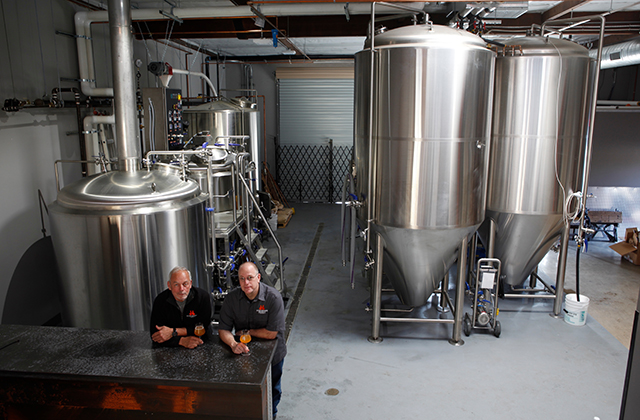
When it comes to updating or installing new equipment, Chuck Silva has seen his share.
The former Brewmaster and VP of Brewing Operations while at Green Flash in San Diego for more than a decade, Silva is now undertaking a new venture by opening Silva Brewing in the central coast area of Paso Robles, California and near his hometown of San Luis Obispo. A 1,000-barrel output expected, Silva is sinking hundreds of thousands of dollars into new equipment to fit into his 1,200-square-foot facility.
Down the road in San Diego, Bitter Brothers Brewing just opened in January. Already, it is in expansion mode, adding three more 30 bbls tanks to its 15 bbl brewhouse.
Both agreed that with the climate of so many breweries opening and expanding that the used market is not the way to go when purchasing equipment, either as a startup or in expansion.
“It’s got integrity and its under warranty,” Silva said of new equipment. “Of course there is the expense. It will cost you more. More today even than a year or two ago.
“I would use a lot of caution and if you don’t have mechanical expertise, I would forgo that option.”
Bitter Brothers co-founder Bill Warnke added that most used equipment runs in similar prices to new now anyway, with the only advantage for buying used equipment over new purchases is availability.
“Used is usually available right now, with new you will have to wait [to have it manufactured],” he said.
Waiting for the new equipment to be created can go hand-in-hand with waiting on licensing anyway, he pointed out. So for the most part waiting for the equipment to arrive times out fine anyway.
During the research and evaluation process, both agreed that having familiarity with who they plan to work with can be key. Silva has worked with many different companies for a variety of equipment, so he knew how many promises may have been broken along the way versus others that were on time and helpful even after installation. That meant using a supplier than may have cost a bit more, but with the knowledge that it will be less of a headache, and possibly lighter on the wallet, in the long term.
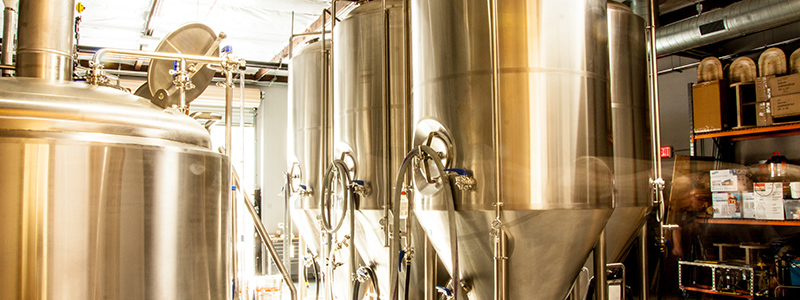
For Bitter Brothers, Warnke said his brewing team came together with a background of using systems from 7 bbls up to 60. After doing the research, his brewery team chose to stick close to home, finding a supplier just three miles away. Having that locality helped in not just shipping cost, but in familiarity.
“We did our due diligence,” Warnke explained, pointing out that as far back as 2012, he was at the Craft Brewers Conference and looked at other equipment by other manufacturers and “there was no comparison.”
Being able to adapt to the space it was placed in was also a factor for Bitter Brothers.
Choosing to be located in a place that had more foot traffic, Bitter Brothers is confined to a space that meant building vertical was just as important as horizontal.
“[They were] able to maximize our space so that we could use more square footage than we could with other manufacturers,” he said. “They were able to make us tanks that came within our ceiling height with glycol ports that went on top so that we could put the tanks against the walls instead of on the side. Those were all important things for us.”
Silva said he is going up as well with his 4-foot wide, 13-foot high tanks, using a 3:1 height-to-width ratio, which isn’t ideal as he likes to stay closer to 2.5:1, but with smaller tanks he notes that good convection and chilling is easier since there isn’t as much propensity for stratification.
Work flow around the brewhouse and avoiding workspace crossover can be eliminated during any planning stage, whether it be as a startup or during an expansion.
“You want to make sure you get your layout set, even with a small square footage in a clockwise or counterclockwise, left to right flow and keep lanes open,” Silva said. “You don’t want a forklift, say going next to your shiny and pretty tanks and you don’t want to run people over.”
Warnke said that Bitter Brothers made sure that it spent its money wisely to make sure the equipment wasn’t going to limit it in the future with things it wanted to do. That’s not to say they didn’t have a few sacrifices to start.
“We had a few things we felt we could get away with, like a grist case for our mill because the only advantage for that would be if we were doing really tight back-to-back brewing and that was a dollar we didn’t need to spend because it wasn’t going to help us any.”
Instead, they opted to buy insulated mash tun jackets and rakes to help with future plans to step mash.
When it comes to automating systems, Silva pointed out that using Programmable Logic Controllers (PLCs) and Human Machine Interfaces (HMIs) are great in terms of technology gains, but it could mean another expense.
“In an expansion it’s good to stick with all the same controls,” he said. “Buying from different people, you may want to hire an integrator or have someone on staff that is tech savvy enough to integrate PLCs across the board to talk to an HMI to automate the whole brewery.
“I’m still going with a system with individual controls for fermentors and the cost is still significant. There are platforms that are affordable, but some programming level of expertise could be needed.”



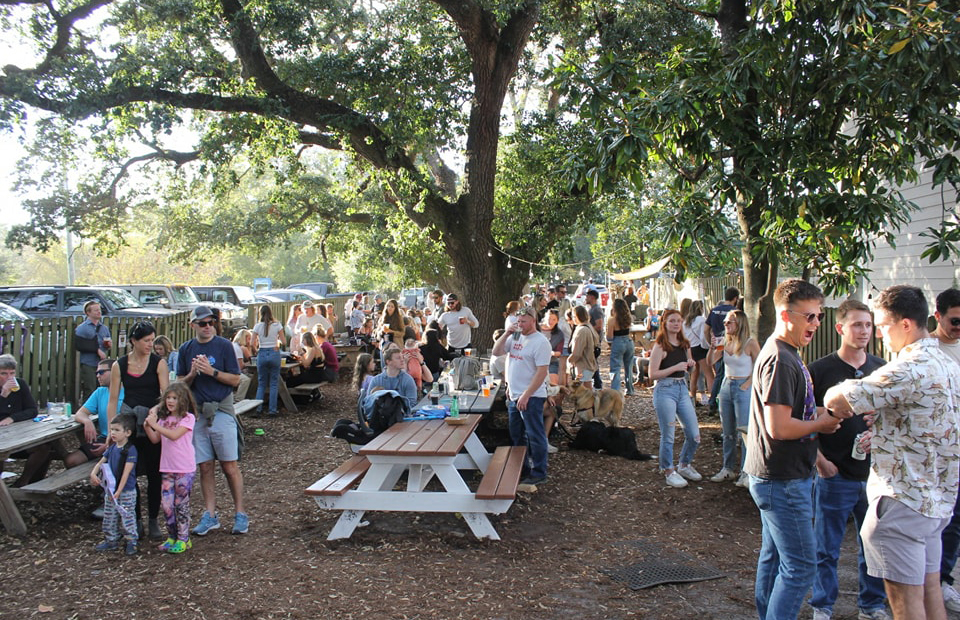
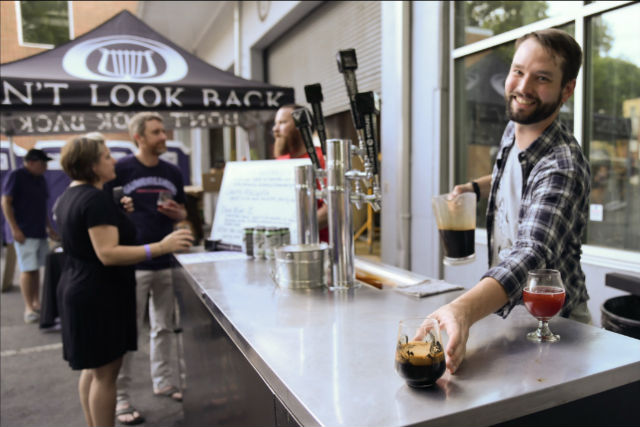
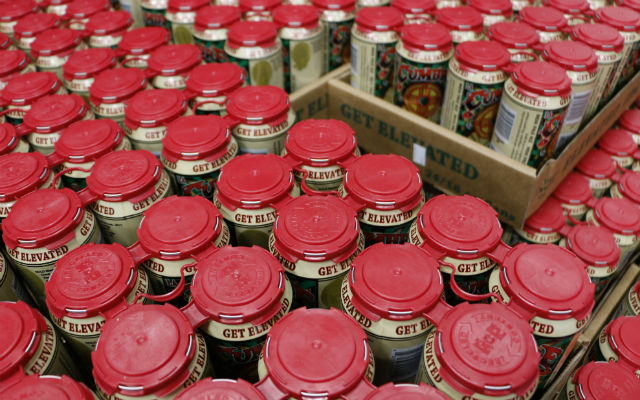
1 Trackback / Pingback